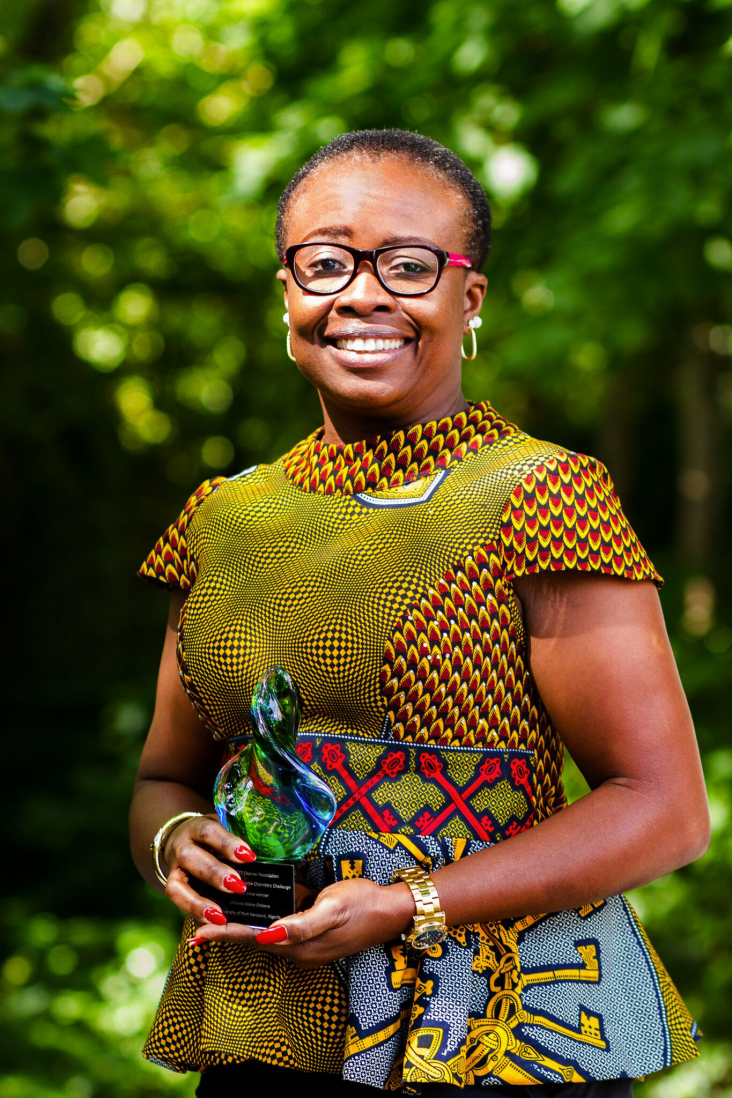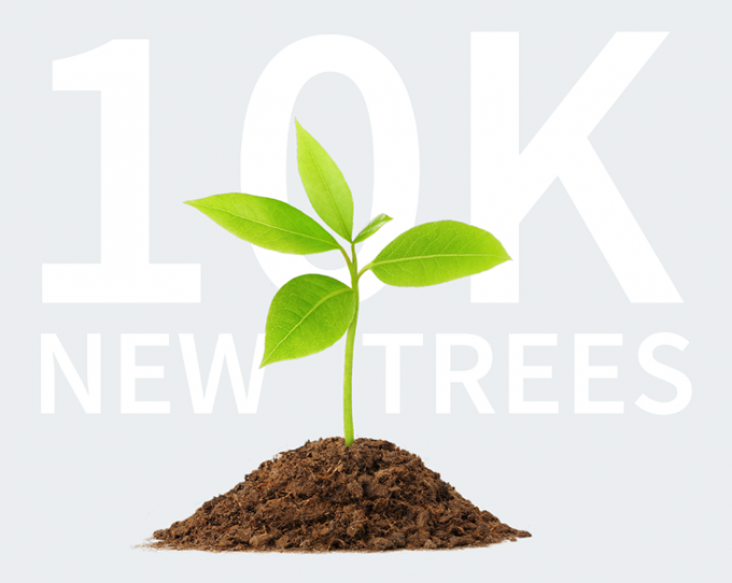Partner content
World Bank
The Atlas of Sustainable Development Goals 2020 presents interactive storytelling and data visualizations about the 17 Sustainable Development Goals.

The SDG Impact of COVID-19 podcast series gathers expert opinion exploring the impact of COVID-19 on the Sustainable Development Goals. In advance of World Environment Day on June 5th, we get the view of Dr Sam Scheiner, Editor-in-Chief of the Encyclopedia of Biodiversity.
Partner content
Global CitizenGlobal Citizen, 22nd April 2020
To mark Earth Day 2020, Global Citizen spoke with seven youth climate activists who shared their hopes for a future in which we take bold climate action. This article contributes to SDGs 1, 7, 13, 14 and 15.

This articles highlights one of the winning proposals of the Elsevier Foundation Green & Sustainable Chemistry Challenge, “Butterfly attractant for pollination and ecosystem health.” The project, which combines ecology and chemistry, involved field observations and lab-based experiments to protect biodiversity in the Western Ghats of India by increasing butterfly pollination, contributing to SDGs 13, 15 and 17.

In 2017, Chioma Blaise Chikere was awarded the second prize of the Green and Sustainable Chemistry Challenge. Her project “Eco-restoration of crude oil-polluted land in Nigeria” demonstrated how organic nutrients such as garden fertilizers and animal excreta can be used to degrade hydrocarbons, cleaning up the soils heavily contaminated by decades of oil spills and advancing SDGs 6, 13 and 15. Three years later, we caught up with Dr. Chikere to learn about her research journey.

This article highlights the winning proposals of the fourth edition of the Elsevier Foundation Green & Sustainable Chemistry Challenge. The winning proposals were chosen for their innovative green chemistry aspects and their large positive impact on the environment, contributing to SDGs 6, 13 and 15.

Born in 1978, Pollutec is recognized today as the reference meeting place for environment professionals. The event develops multiple SDGs, including SDGs 6 (clean water and sanitation), 7 (affordable and clean energy), 12 (responsible consumption and production) and 13 (climate action).
Linking to Goals 2, 6, 15, 17, this toolbox connects your business to the latest tools, guidance, case studies, datasets, and more most relevant to you based on your circumstances and interests.

This article highlights the winning proposals of the third edition of the Elsevier Foundation Green & Sustainable Chemistry Challenge. The winning proposals were chosen for their innovative green chemistry aspects and their large positive impact on the environment, contributing to SDGs 2, 12, 13 and 15.

Supports Goal 15. The HPCC Systems community 10K Trees challenge has launched in conjunction with the National Forest Foundation’s effort to plant 50 million trees across the National Forests of the USA by 2023.
